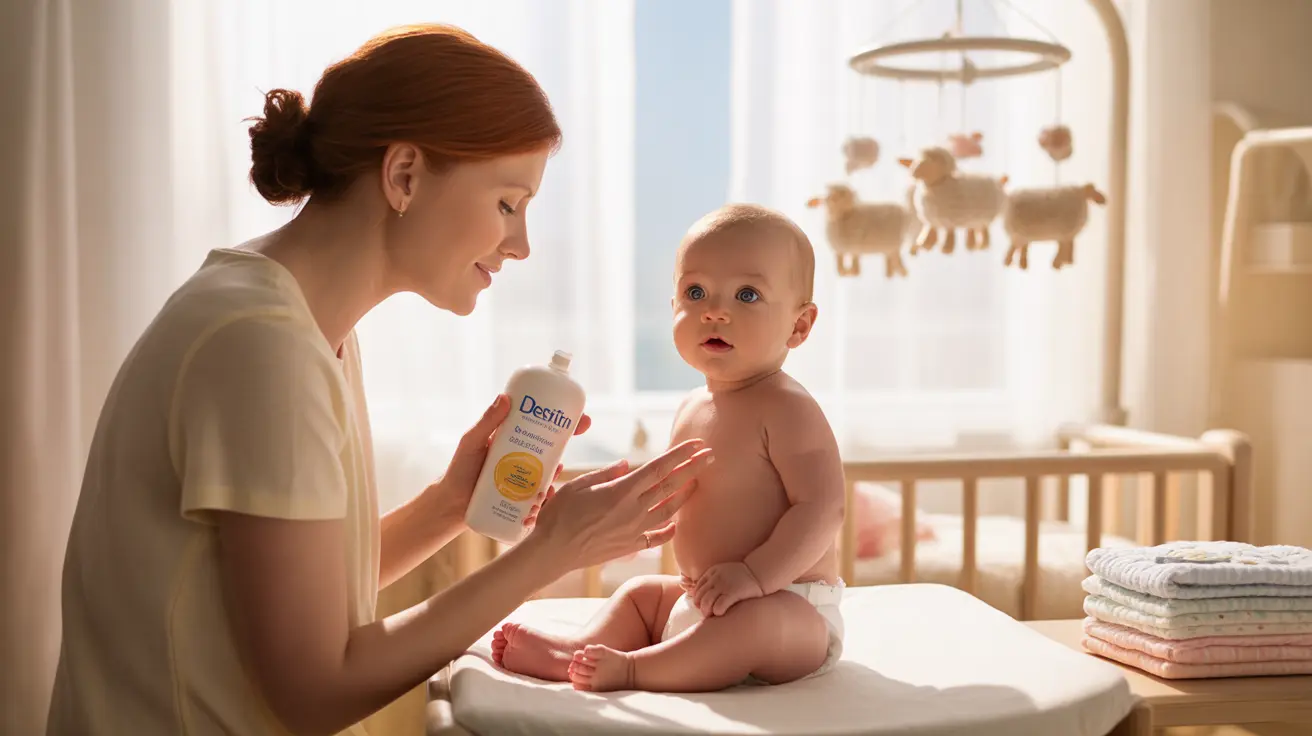Many parents are surprised to discover that their baby's teething process can affect more than just their little one's mouth. The relationship between teething and diaper rash is a common concern that often leaves caregivers searching for answers and solutions.
During the teething phase, which typically begins around 6 months of age, babies may experience various symptoms that can indirectly lead to diaper rash. Understanding this connection helps parents better manage both conditions and keep their little ones comfortable.
The Link Between Teething and Diaper Rash
While teething doesn't directly cause diaper rash, several factors during the teething process can contribute to its development:
- Increased saliva production leading to more acidic stools
- Changes in stool consistency and frequency
- Heightened skin sensitivity during teething
- Disrupted sleep patterns affecting diaper changes
How Teething Affects Digestion
During teething, babies produce excess saliva, which they swallow more frequently. This additional saliva can cause looser stools, potentially leading to more frequent bowel movements. These changes in stool consistency and frequency can irritate a baby's sensitive skin, making them more susceptible to diaper rash.
Managing Diaper Rash During Teething
Taking preventive measures can help minimize the risk of diaper rash during teething:
- Change diapers frequently, especially after bowel movements
- Use gentle, fragrance-free wipes or warm water for cleaning
- Apply a protective barrier cream with each diaper change
- Allow some diaper-free time for air circulation
- Choose breathable diapers that wick moisture away from the skin
Signs of Teething to Watch For
Recognizing teething symptoms can help parents prepare for potential diaper rash issues:
- Increased drooling
- Irritability and fussiness
- Chewing on objects
- Swollen or tender gums
- Changes in eating or sleeping patterns
Prevention and Treatment Strategies
A proactive approach to both teething discomfort and diaper rash can make this developmental stage easier for both baby and parents:
For Teething Relief:
- Offer clean, chilled (not frozen) teething rings
- Gently massage gums with clean fingers
- Use age-appropriate teething toys
- Consider doctor-approved pain relief options
For Diaper Rash Prevention:
- Maintain strict diaper hygiene
- Use gentle cleaning products
- Apply protective barrier creams
- Ensure proper diaper fit
When to Seek Medical Attention
While most cases of teething-related diaper rash can be managed at home, certain situations warrant medical attention:
- Severe or persistent diaper rash
- Signs of infection (blisters, pus, or fever)
- Excessive diarrhea
- Significant behavior changes
- Symptoms that worsen despite home treatment
Frequently Asked Questions
Can teething cause diaper rash in babies?
While teething doesn't directly cause diaper rash, the increased saliva production and resulting changes in stool consistency can contribute to diaper rash development during teething periods.
Why does my baby have loose stools and diaper rash when teething?
During teething, babies swallow more saliva, which can lead to looser stools. These changes in stool consistency, combined with more frequent bowel movements, can irritate the skin and cause diaper rash.
How can I prevent diaper rash during my baby's teething stage?
Prevention includes frequent diaper changes, using protective barrier creams, allowing diaper-free time, and maintaining good hygiene practices. Using breathable diapers and gentle cleaning products also helps.
What are the common signs and symptoms of teething in infants?
Common teething signs include increased drooling, irritability, chewing on objects, swollen gums, and changes in eating or sleeping patterns. Some babies may also experience slight temperature elevation.
When should I see a doctor for my baby's diaper rash or teething symptoms?
Consult a healthcare provider if the diaper rash is severe, shows signs of infection, or doesn't improve with home treatment. Also seek medical attention if your baby develops a high fever, excessive diarrhea, or seems unusually distressed.




